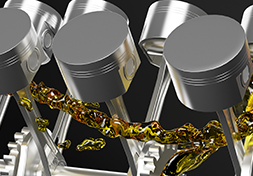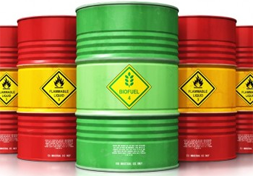After years of accumulation, the Shanghai Research Institute of Sinopec Lubrican...
detailsUnder normal circumstances, the allowable water content in lubricating oil is below 0.03%. When the water content exceeds 0.1%, the additives (antioxidants, detergents and dispersants, etc.) in the lubricating oil will fail, and the oxidation process of the oil will be accelerated. The organic acids generated by the oxidation of engine oil and the acidic oxides in the exhaust gas of the engine react with water to generate inorganic acids. These acids increase corrosion to the engine. Therefore, when the oil contains more water, the lubricity of the oil will deteriorate, and the viscosity will decrease, which may lead to premature deterioration of the oil and rust of the parts;
We try not to use oil with excess water, and find the water contained in oil as early as possible, so as to avoid damage to the engine due to excess water in the oil. In actual use, we can use some simple methods to determine whether the oil contains excessive moisture.
1. Color viewing method
Clean and up-to-standard oil is translucent. When there is water in the oil, its transparency will decrease. When the engine runs for a period of time, the oil is milky white with foam.
2. Combustion method
Heat the copper mesh and put it into the oil to be checked. If there is a "crack" sound, it means that the oil contains more water. The oil under inspection can also be injected into the test tube and heated. When the temperature is close to 80 to 100 ℃, the test tube produces a "crack" sound, which also proves that the oil contains more water.
3. Water release method
After the engine is stopped, let the engine stand still for about 30 minutes, and loosen the oil screw plug. If water comes out, it means that the oil contains more water.







